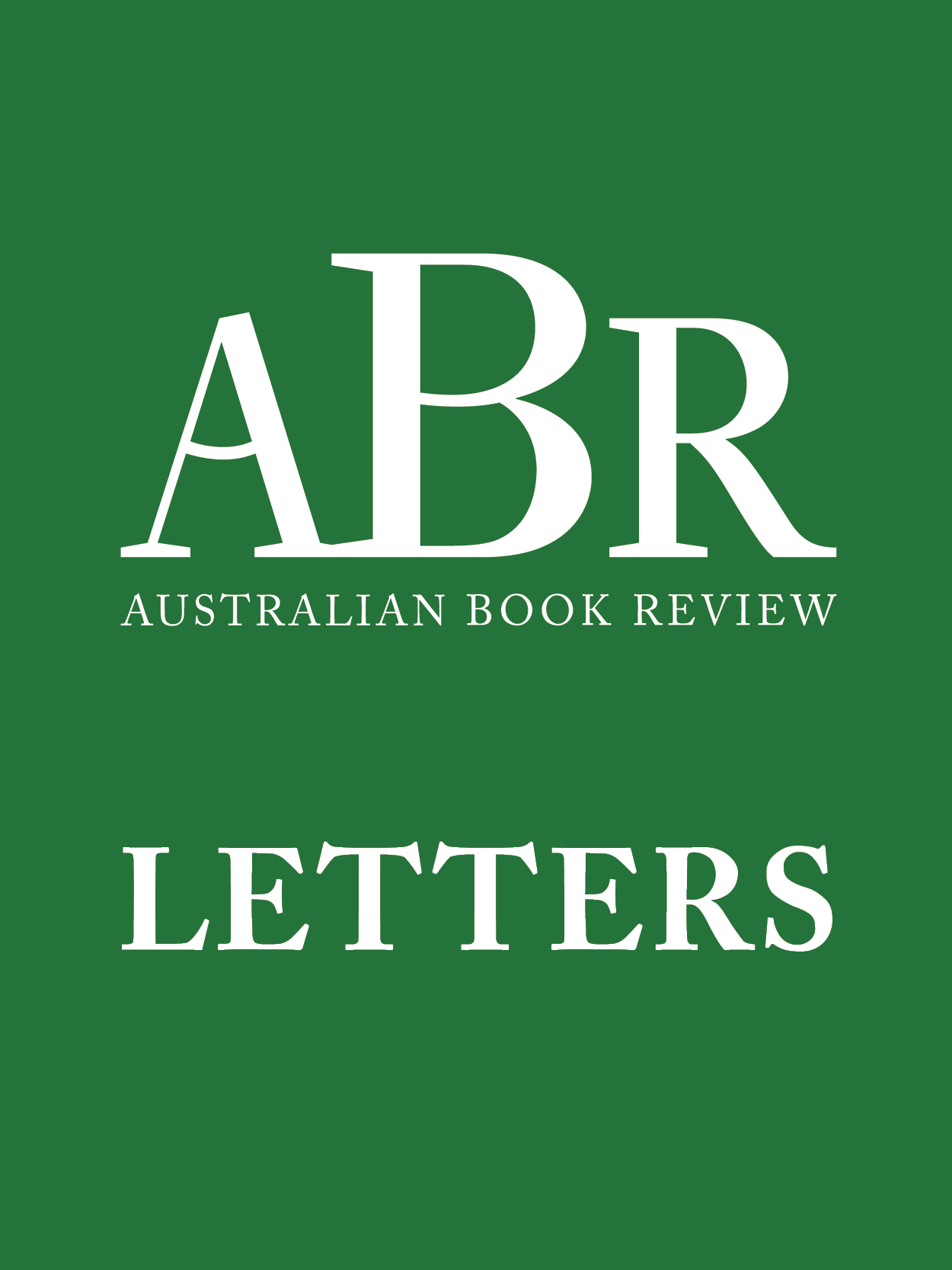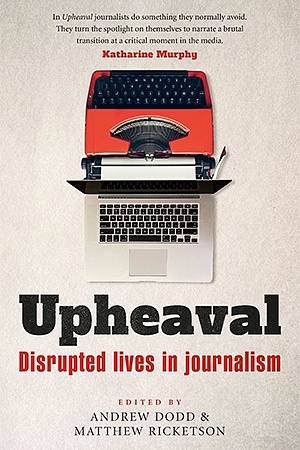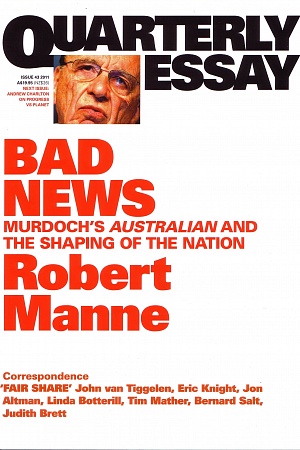Proof of intention
In early September, the High Court of Australia handed down its decision in Fairfax Media Publications v Voller. The case attracted significant public attention in Australia due to the high profile of the plaintiff. It also attracted not only national but international attention, due to the nature of the central issue: are media outlets liable for the comments posted on their public Facebook pages by third parties?
Dylan Voller came to national prominence through a Four Corners episode, ‘Australia’s Shame’ aired in July 2016. The episode raised disturbing allegations of the mistreatment of young people in the child protection and juvenile detention systems in the Northern Territory. Memorably, it included footage of Voller strapped into a restraining chair, wearing a spit-hood. The outrage caused by the broadcast led the then prime minister, Malcolm Turnbull, to establish a royal commission into the protection and detention of children in the Northern Territory.
In this case, Fairfax, Nationwide News, and the Australian News Channel posted stories on their Facebook pages about Voller. The stories themselves were not defamatory. However, Voller alleged that posts made in response to those stories were defamatory of him. Without engaging in pre-trial correspondence about the posts, Voller commenced proceedings against the media outlets in the Supreme Court of New South Wales.
The parties agreed to have the issue of whether the media outlets were publishers of the third-party Facebook comments determined as a separate question. It is important to understand that, in defamation law, publication is a term of art. It means the communication of the defamatory matter to at least one person other than the plaintiff. It is the communication, not the composition, of the defamatory matter which is the essence of this tort. At the lower levels, the media outlets were found to be publishers.
The issue before the High Court was a narrow one. Had the issue been resolved in the media outlets’ favour, the proceedings would have been dismissed. The decision did not decide whether the comments were defamatory or whether the media outlets might have a defence. They remain to be determined.
Before the High Court, the media outlets argued that they could not be publishers of the third-party comments because publication required an intention to publish. They denied that they could have published the third-party comments because, at the time they were posted on their public Facebook pages, they were unaware of them.
The High Court dismissed the media outlets’ appeal. The majority were clear that, for the purposes of defamation law, publication does not require proof of intention. All that was required was that the defendant voluntarily participated in the dissemination of the defamatory matter. Here, the media outlets were publishers because they established a Facebook page, posted articles, and encouraged and invited third parties to comment. The High Court confirmed that liability for publication is broad and strict.
The case has potential implications for social media users more generally. Defamation law applies to all forms of communication; it is medium-neutral. It obviously has particular application to media outlets because their business is publication in its various forms. However, organisations and even private individuals may be publishers, following Voller.
Whether they are, in a given case, will be a question of fact. Being a publisher is not dependent merely upon having a social media page and posting material, but encouraging or inviting third parties to engage. If a person posts material once every six months, it may be difficult to conclude that they are encouraging or inviting engagement. The nature of the content may also be relevant as a matter of fact. In Voller, there was a clear connection between what was posted and the comments made, as well as the potential risk of defamatory comments being made in response. The situation may be different where the original post is anodyne or where the defamatory comment bears no relationship to the original post.
The decision in Voller may lead media outlets to close comments, to engage in closer moderation of comments, or to be reluctant to post material on social media pages. Other social media users may close comments or be inhibited from posting in the first place. Many organisations and individuals would not have the time and resources to monitor comments.
However, there are some recent reforms to Australia’s defamation laws which mean that the issue in Voller will not arise in quite the same way in the future. First, from 1 July 2021, in every jurisdiction except for the Northern Territory, Tasmania, and Western Australia, a person cannot commence defamation proceedings without having given a concerns notice to the publisher, alerting the publisher to what the person is complaining about and giving the publisher an opportunity to respond. The purpose of this is to encourage potential plaintiffs from resolving their defamation disputes without recourse to litigation. Once a publisher is on notice, the publisher may choose to manage the defamation risk by taking down the content which the person is complaining about. So it is less likely that a person could be held liable as a publisher for content of which they are unaware.
Second, another reform introduced halfway through this year may also be important. Now, a plaintiff in a defamation case will need to prove that what was published actually caused, or was likely to cause, serious harm to reputation. There has been no judicial consideration of what is required for this new element of liability for defamation. The intention behind it, though, is to exclude trivial or marginal defamation cases from the outset. So, if a publisher receives a concerns notice about content they are hosting and they choose to take it down promptly, there may be some harm to reputation but whether it is serious harm may be debatable.
The principles of defamation law developed before the emergence of mass media. They proved to be readily applicable to the mass media technologies which predominated in the twentieth century – newspapers, radio, television – where the steps of content creation, dissemination, and profit were integrated. Internet technologies disaggregate those steps: private users can generate and disseminate content themselves via platforms on a scale previously unimaginable. These technologies challenge the application of basic principles of defamation law, like those relating to publication. Cases like Voller that test how those principles apply to novel and evolving internet technologies are only likely to increase in the future.
This article, one of a series of ABR commentaries addressing cultural and political subjects, was funded by the Copyright Agency’s Cultural Fund.










Leave a comment
If you are an ABR subscriber, you will need to sign in to post a comment.
If you have forgotten your sign in details, or if you receive an error message when trying to submit your comment, please email your comment (and the name of the article to which it relates) to ABR Comments. We will review your comment and, subject to approval, we will post it under your name.
Please note that all comments must be approved by ABR and comply with our Terms & Conditions.